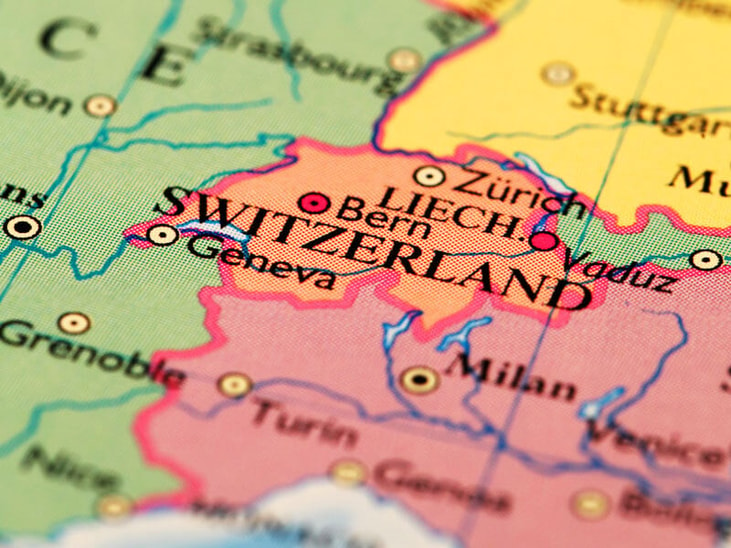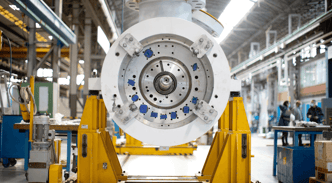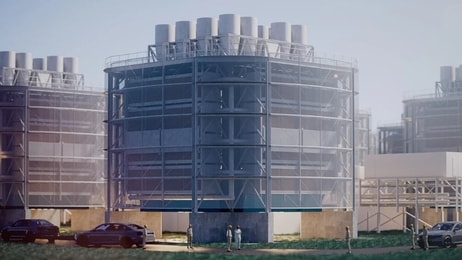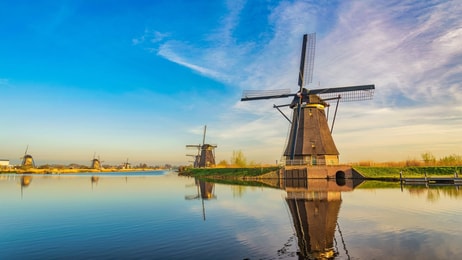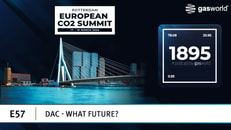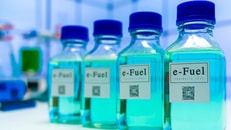Hitachi, ASCO to develop CO2 liquefaction plant for ‘ground-breaking’ Swiss energy project
A new liquefaction plant is to be installed by energy partners Hitachi Zosen Inova (Hitachi) and ASCO Carbon Dioxide Ltd (ASCO) to separate and liquefy renewable carbon dioxide (CO2) at a Swiss biogas plant.
To prevent CO2 from being released into the atmosphere, the ‘state-of-the-art’ facility will capture the CO2 that is removed during biogas to biomethane upgrading before the gas is filtered and dehydrated under high pressure.
With a processing capacity of 4,000 tonnes per year, the plant will produce biogenic CO2 to be used for a range of applications including in various industrial processes, medical technology, for carbonating beverages and preserving food.
“This project brings together environmental and economic benefits,” said Ralph Spring, CEO of ASCO. “It’s a ‘first-of-its-kind’ project in Switzerland and we hope that it will be used as [a] best case example for future biogas or waste-to-power plants.”
... to continue reading you must be subscribed

